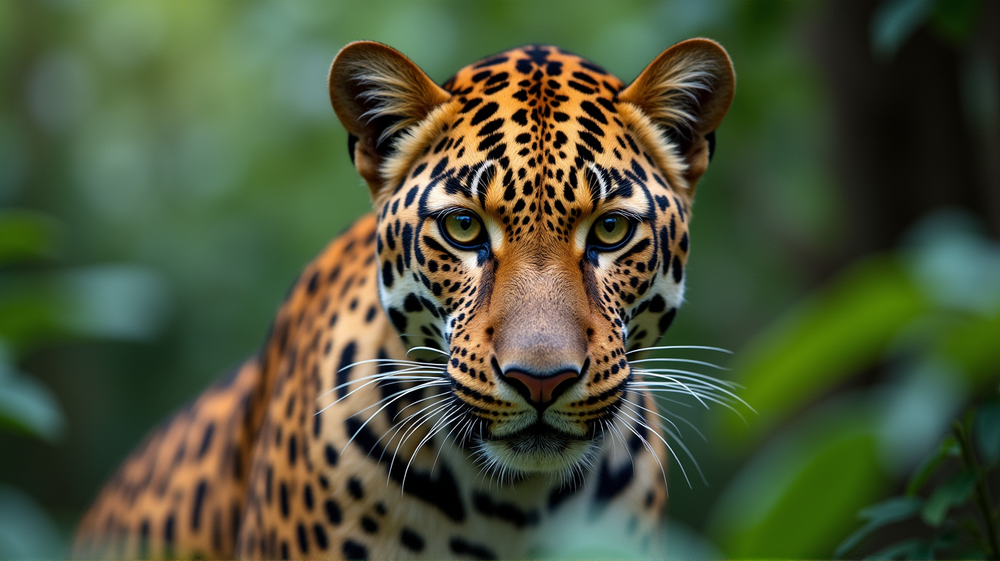From the lush forests to the intricate patterns on a leopard’s coat, nature never ceases to amaze us. Have you ever wondered why leopards aren’t born with those captivating spots? According to a groundbreaking study, the answer lies in a fascinating blend of mathematical theories and biological processes.
The Birth of a Leopard: Spotless Beginnings
When a leopard cub enters the world, the coat appears plain and unadorned. Approximately ten days later, magic seems to happen. Inspired by the 1950s research of British mathematician Alan Turing, modern scientists have built upon his theories to decode this transformation.
In his iconic hypothesis, Turing proposed that during tissue development, chemical agents diffuse in a manner akin to adding milk to coffee, leading to this mesmerizing pigmentation as cells decide between black and white. The initial results appeared blurry compared to nature’s precision.
An American Refined Revelation
Fast forward to recent times, Dr. Ankur Gupta and his research team at the University of Colorado Boulder embraced the timeless challenge: refining Turing’s model. They introduced “diffusiopherosis”—a dynamic process where particles in diffusing solutions drag others along, creating more distinct patterns.
Although their simulations initially birthed perfect geometric hexagons, the epitome of nature’s charm lies in imperfections. It seemed vital that leopard spots mirrored nature’s playful irregularity.
Embracing Imperfection: The Natural Edge
Arising from this challenge, Dr. Gupta’s team crafted simulations that embraced nature’s inherent flaws. They adjusted cell sizes and tracked their movements, finally achieving spots with the cherished imperfect grainy textures. As each simulation danced with nature’s unpredictability, the results echoed more authentically.
Implications Beyond the Savanna
The study’s implications reach beyond the ecologies of leopards and into engineering marvels. Imagine, synthetic materials mimicking nature could emerge—fabrics that change colors seamlessly, or targeted medicine delivered precisely where needed in the human body.
As stated in Daily Express US, drawing inspiration from the kaleidoscope of nature opens doors to inventions as revolutionary as they are practical.
Nature’s True Muse
In the world of science and innovation, emulating the natural world often brims with untapped potential. Dr. Gupta sums it up best, confessing his pursuit to distill nature’s imperfect beauty into functional marvels, merging natural artistry with human ingenuity.
Next time you gaze upon a leopard, remember that each spot is more than aesthetics—it’s a tapestry woven by the wonders of science, time, and subtle imperfections. Such is the allure and complexity of the natural realm.












